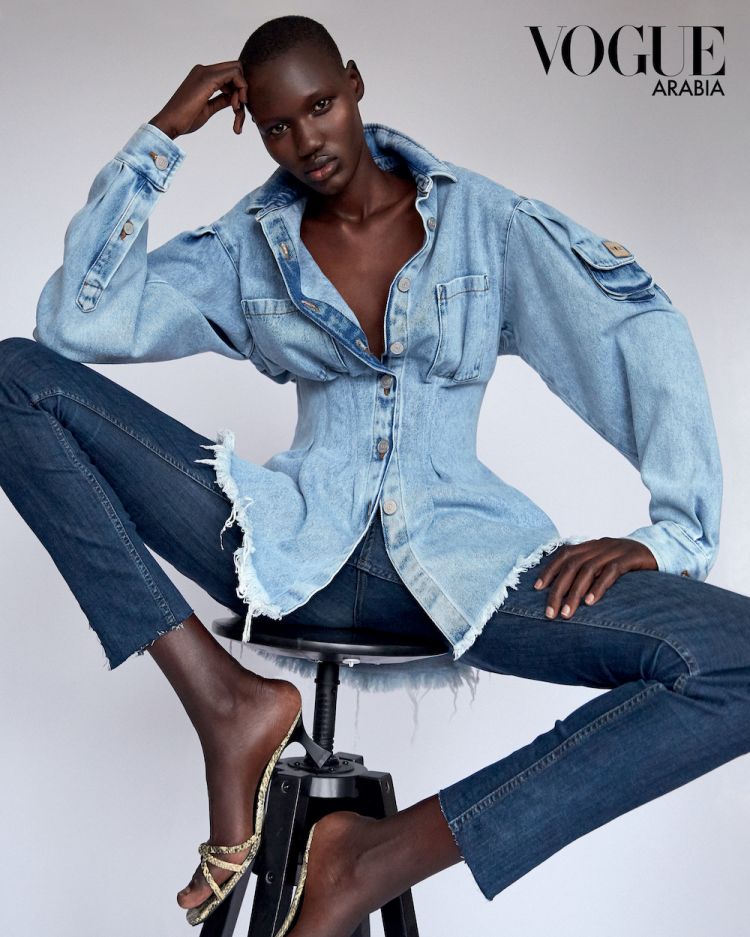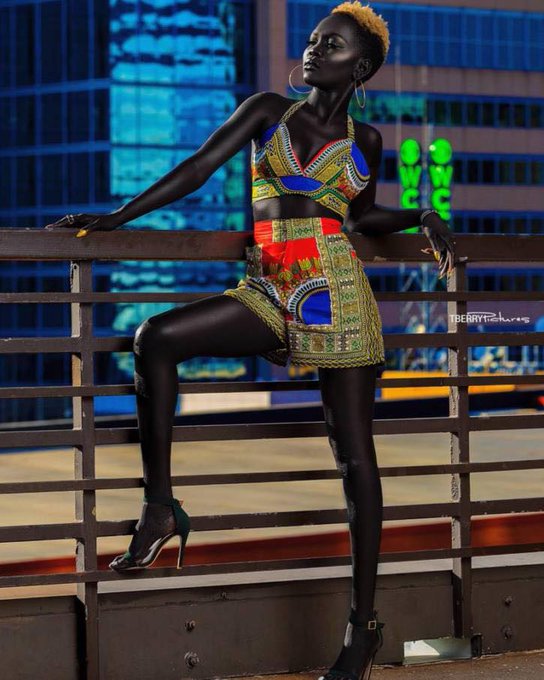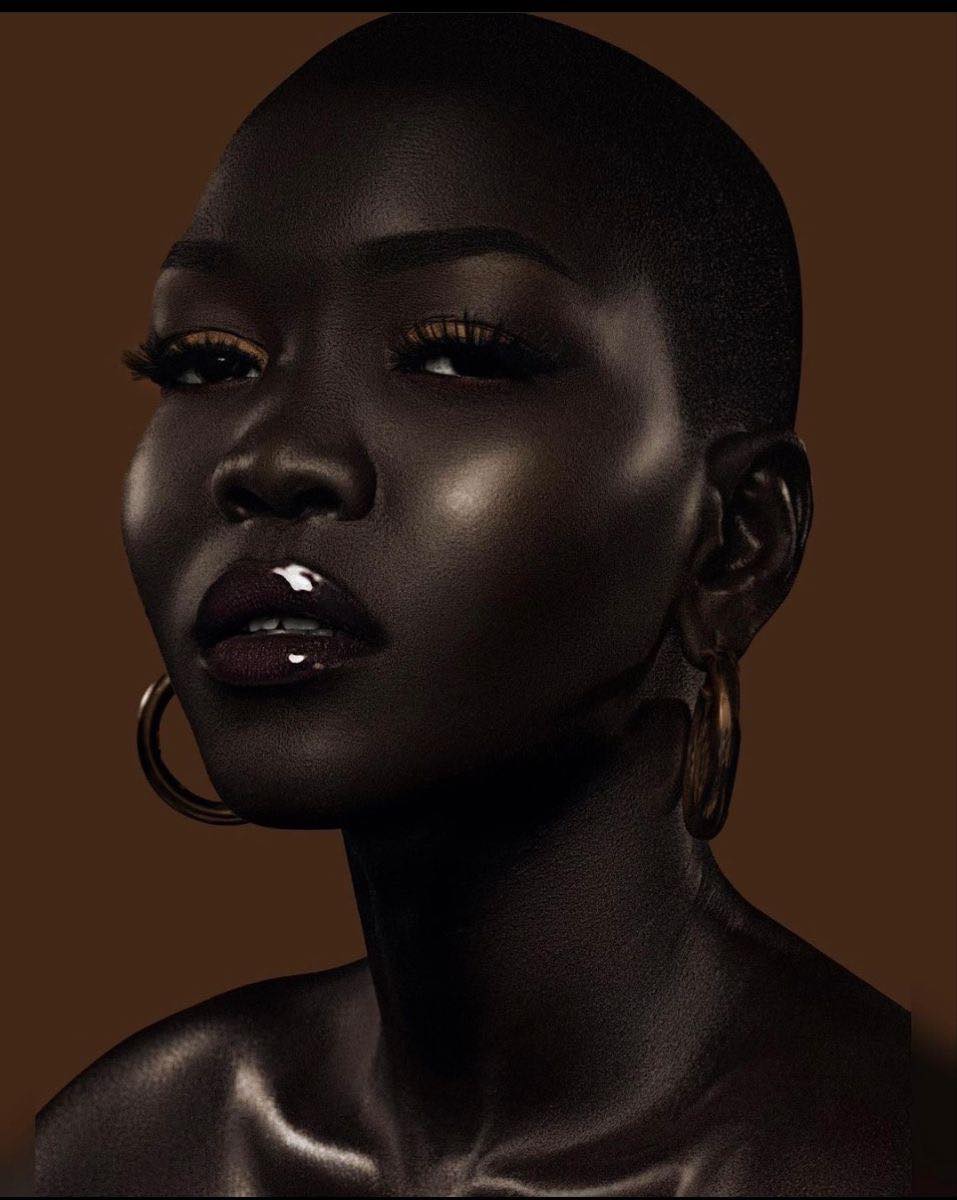South Sudan, a young nation often associated with conflict and hardship, is gaining remarkable recognition in the global fashion industry for producing some of the most sought-after models by major international brands. Despite its challenges, the country has become a fertile ground for modeling talent, with South Sudanese models gracing runways in London, Paris, and New York, and appearing in top fashion magazines like Vogue.

The Emergence of South Sudanese Models on the World Stage
Models such as Arop Akol, Adut Akech, Grace Bol, Akur Majok, and the legendary Alek Wek have brought global attention to South Sudan’s unique beauty standards. Alek Wek, discovered in 1995, was one of the first to break through internationally, appearing on numerous Vogue covers and working with prestigious brands like Dior and Louis Vuitton. Today, a new generation of South Sudanese models is following in her footsteps, with many featured in Vogue’s list of “11 young models set to storm the catwalks in 2025” and a significant presence on Models.com’s annual top 50 “future stars” list, where one-fifth of the selected models have South Sudanese roots.

Arop Akol, for example, has walked for high-end brands in London and Paris and shared the runway with Naomi Campbell. She highlights the distinctive features that make South Sudanese models stand out: tall stature, perfect dark skin, ample melanin, and striking facial structures like prominent cheekbones.
Why South Sudanese Models Are in Demand
The appeal of South Sudanese models extends beyond physical attributes. Akur Goi, another prominent model, suggests that their resilience and life experiences contribute to their allure in the fashion industry. Many fled South Sudan’s civil conflicts, growing up in refugee camps or neighboring countries like Uganda, which has instilled in them a strong sense of determination and adaptability. This resilience resonates with the fashion world’s increasing demand for diversity and authenticity.
Casting agents acknowledge the undeniable beauty and height of South Sudanese models but also note the mystery behind why they are favored over equally beautiful models from other African countries like Nigeria or Mozambique. The combination of physical traits and personal stories of overcoming adversity seems to create a compelling narrative that fashion brands embrace.
Challenges and Cultural Perceptions
Despite their international success, South Sudanese models often face challenges at home. Traditional views sometimes see modeling as an unconventional or even inappropriate career, especially for women. Families may initially disapprove of their daughters walking runways or working abroad, fearing stigma or misunderstanding the profession. However, as some models become primary providers for their families and achieve global fame, perceptions are gradually changing.
Dawson Deng, co-organizer of South Sudan Fashion Week in Juba, notes that urban areas are becoming more accepting, but rural and conservative communities still struggle with the idea. He recounts stories of young women prevented from traveling for modeling jobs by their families, only for those families to later become proud supporters.
Building the Fashion Industry at Home
South Sudan is not only exporting modeling talent but also nurturing its local fashion scene. Fashion entrepreneurs like Akur Majok, a former model turned designer and founder of Juba Fashion Week, are working to develop the industry domestically. Majok emphasizes fashion’s role as an art form and a unifying force in a country seeking peace and identity. She highlights the need for teamwork, government support, and investment to grow the sector sustainably.
Majok’s journey from modeling to fashion design illustrates the potential for South Sudan to build a robust fashion ecosystem that supports models, designers, and other creatives. She advocates for embracing African textiles and styles, such as the East African kitenge fabric, which is gaining popularity globally.
The Broader Impact
The rise of South Sudanese models symbolizes a broader trend of African influence in the global fashion industry. African models and designers are increasingly shaping fashion’s future, bringing unique aesthetics and cultural richness to the forefront. This shift presents economic opportunities, encouraging countries like South Sudan to industrialize their fashion sectors, add value to local products, and reduce dependency on imported goods.
As South Sudanese models continue to shine internationally, they not only elevate their personal careers but also serve as ambassadors for their country’s culture and potential. Their success challenges stereotypes and inspires a new generation of young Africans to pursue careers in fashion and the arts.
Conclusion
South Sudan’s emergence as a powerhouse in the modeling world is a testament to the beauty, resilience, and talent of its people. From Alek Wek’s pioneering career to the rising stars dominating runways today, South Sudanese models are redefining global fashion standards. Despite cultural hurdles and limited local infrastructure, the country’s fashion industry is growing, fueled by passionate individuals committed to showcasing South Sudan’s unique identity on the world stage. With continued support and investment, South Sudan is poised to remain a significant source of top modeling talent for years to come.

